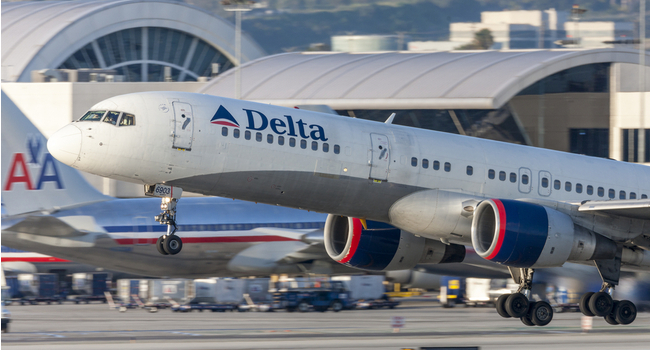
Delta Air Lines Expands Facial Recognition Technology to LAX
The Atlanta-based airline says the technology can save flyers time. However, those in opposition believe it should ban for privacy reasons.
- By Sherelle Black
- Sep 11, 2019
Passengers flying Delta who use Terminal 2 at Los Angeles International Airport are now being identified with facial recognition technology.
LAX joins four other airports-Detroit, Minneapolis-St. Paul, Salt Lake City and Atlanta- who have the technology installed at one of its Delta terminals.
The Atlanta Business Chronicle reported the Atlanta-based airline first began using the technology in November 2018 at the Hartsfield-Jackson Atlanta International Airport.
Flyers can opt out of using the technology. However, Delta says more than 70 percent of flyers prefer to use it.
On average it can save flyers of nine minutes when boarding a wide-body aircraft, according to Delta.
While there may be some time-saving benefits, many progressive groups like Greenpeace and MoveOn are calling for a federal ban of the technology.
Fight for the Future, a nonprofit group opposed to online censorship, told the Los Angeles Times it is against facial recognition.
“There is no real oversight for how a private corporation can use our biometric information once they’ve collected it,” said Evan Greer, deputy director of Fight for the Future. “We’ve already seen high-profile data breaches where airport facial recognition databases were hacked and exposed.”
The cameras use facial recognition technology to match the faces of departing travelers with images and names already collected by Customs and Border Patrol and other government agencies. If the name that corresponds to the image captured by the cameras is on the flight manifest, the passenger is allowed to board.
Delta told Los Angeles Times it does not store images taken.
American Airlines announced international travelers at three boarding gates at Dallas-Fort Worth International Airport will soon have the option of using facial recognition technology.
About the Author
Sherelle Black is a Content Editor for the Infrastructure Solutions Group at 1105 Media.